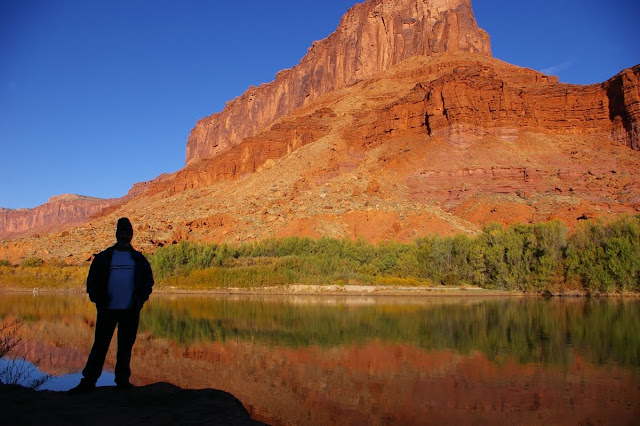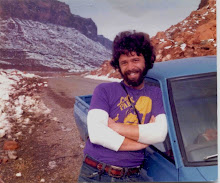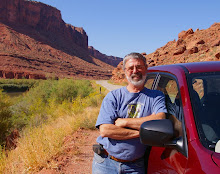
Shortly after my folks moved to suburban Mountain View in the fall of 1954, Permanente Creek became my avenue into the wild. It flowed intermittently past the end of my street at the junction of Lloyd Way and Ernestine Avenue, and through a short tunnel under Mountain View Avenue. West of the tunnel, its forested banks wound sinuously toward the creek’s source somewhere in the coastal hills behind Los Altos. East of the tunnel it reflected an increasingly urban landscape. Lined with backyard tract home fences, its battered slopes held fewer trees and more boxes of trash, piles of grass clippings, and a panoply of indiscriminately dumped items from old bicycle parts to well-used girlie magazines. For a ten year old child it was a paradise.
Throughout my pre-teen years, there was no better place to explore, hike or get lost in. Despite the rapid growth of neighborhoods up above, Permanente’s creek bed still maintained some vestiges of the natural history of the south bay. Some native trees still flourished among the eucalyptus and pepper trees. Poison oak often covered the more protected slopes. Occasionally I would find a dead tarantula or alligator lizards. It was not unusual for me to pack a lunch, take a friend, and drop into the creek for an all day journey. Its winding channel seldom had much water in it and was almost always easy to navigate. When I was twelve years old I even wrote a book about it called “My Adventures in Permanente Creek”. With a home-made press run of one copy, it was a runaway best seller.
Permanente Creek, along with Adobe, Arastradero and Stevens Creek, was considered an intermittent stream but periodically it could carry an enormous amount of runoff. Such was the case during the wet winter of 1958 when it actually overflowed at the Ernestine Avenue junction and sent a three-inch “wall of water” down our street. It was probably these isolated incidents that eventually sealed the creek’s doom.
During my college years I was in and out of Mountain View, immersed in the social and cultural upheaval, and not really paying attention to the changes going on in my old neighborhood. But some time during that time period Permanente Creek was dredged and channelized, its dirt banks shaved and completely covered in concrete. Furthermore, at the old Mountain View Avenue bridge a tall cyclone fence was erected to ensure no unauthorized entry into what was now a sterile channel…as if that glorified culvert could hold any intrigue or appeal to a young child anymore.
It is difficult to fathom the loss of an entire ecosystem that dwelt within the confines of Permanente Creek for perhaps thousands of years. But it is even more difficult to imagine the loss of adventure, excitement and mystery for curious kids like myself who now blend into the old neighborhood like the sidewalks and strip malls…who, with the proliferation of electronic media, iphones, computers, video games, probably don’t even care. But without Permanente Creek, I would likely not have found my calling as a park ranger and lover of western landscapes. The creek was my salvation even though in the end, I could not save it.




I didn't know about the bicycle parts, I probably could of used some of them since I was trying to build a bicycle for two then.
ReplyDeleteWhen my daughter Alicia was taking riding lessons at a stable along Alpine Road, I draggged my son David down into San Francisquito Creek to turn over rocks and capture stuff. This led to purchase of a real sampling net, and returns home with crayfish the size of small lobsters that we kept alive in an aquarium until returning same said critters to the Creek on a subsequent visit. I share your concern about generations of youth being raised looking at screens. If the natural world disappears, will they notice? I always thought the greatest strength of the California Coastal Act was keeping Highway 1 "wild" enough that travelers would take ownership over what they could see and subsequently be willing to take political and/or monetary actions to protect. Nice piece of writing, Greg. Tom
ReplyDelete